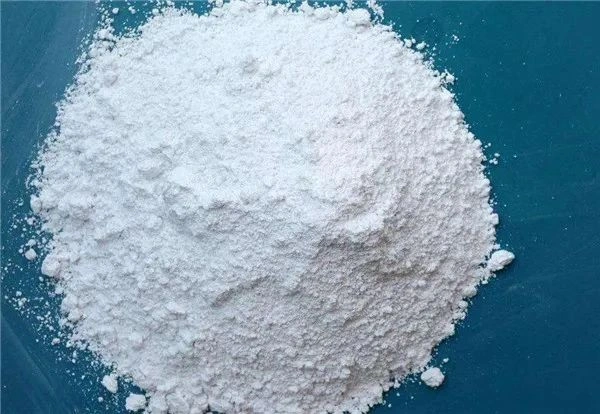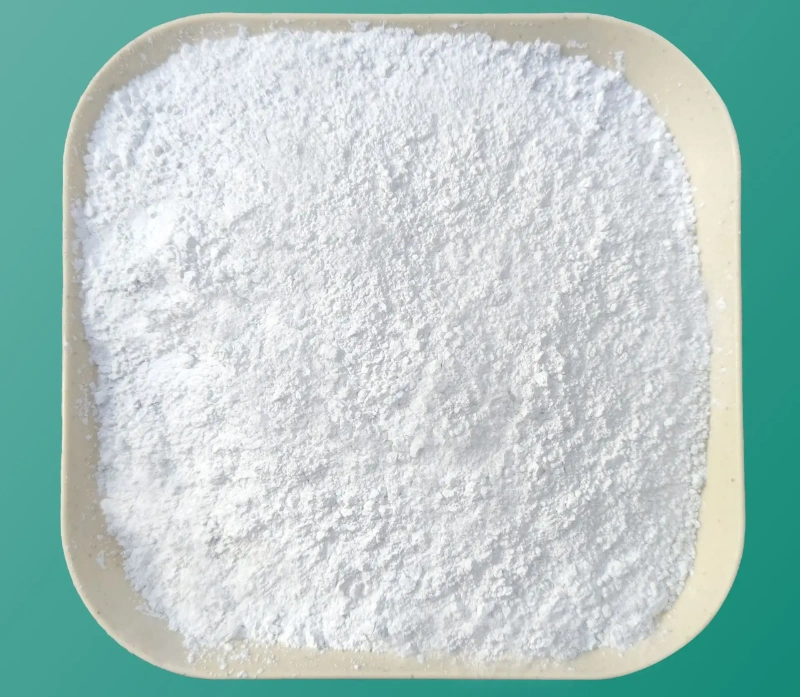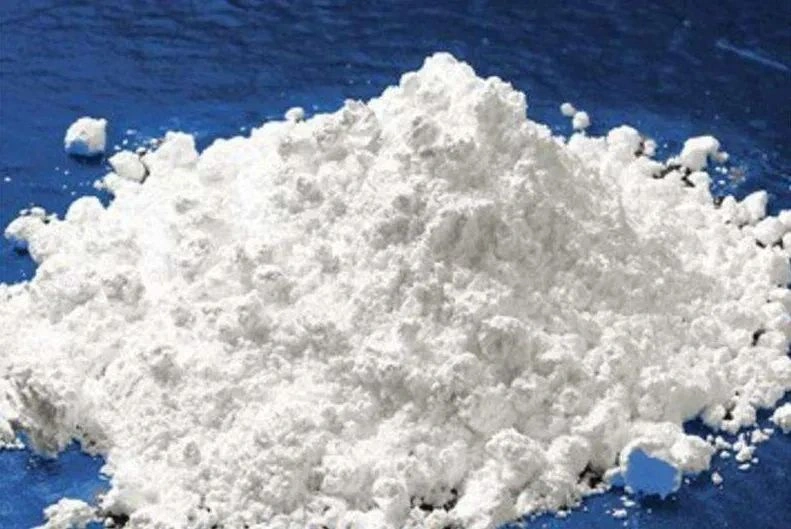In today’s plastics industry, modified plastics have attracted much attention for their excellent performance and wide application fields. Talcum powder, as an important and widely used inorganic mineral filler, plays a vital role in plastic modification. Talcum Powder can not only effectively improve the physical properties of plastic products, but also reduce their production costs to a certain extent. However, how to reasonably control costs while ensuring strength has become an important issue in plastic modification. Talc is used in plastic modification. How to balance the relationship between flexural modulus, impact strength, etc. and cost by adjusting the amount of talcum powder added and its characteristics?

Effect of talc on plastic properties:
Talc is a natural magnesium silicate mineral with a lamellar structure. In plastic modification, talc can significantly improve the rigidity and surface hardness of plastic products. As well as thermal creep resistance, electrical insulation and dimensional stability. At the same time, it can also improve the impact strength of plastics and improve the fluidity and processing properties of plastics. This enhancement mainly comes from the micro-flaky structure of talc. It can form effective physical cross-linking points in the plastic matrix, thereby improving the overall performance of the plastic.
Improvement of flexural modulus
Flexural modulus is an important indicator to measure the ability of plastics to resist bending deformation. Adding talcum powder to plastics can significantly increase the flexural modulus. This is because the rigid structure of talcum powder can enhance the skeleton support capacity of plastics, making it less likely to bend and deform when subjected to external forces. However, it should be noted that as the amount of talcum powder added increases, the viscosity of the system will also increase. This may affect the processing performance of the plastic. Therefore, in practical applications, it is necessary to comprehensively consider the improvement of the flexural modulus and the balance of processing performance.
Changes in impact strength

Impact strength is an important indicator to measure the ability of plastics to resist impact loads. Adding an appropriate amount of talcum powder to plastics can improve the impact strength to a certain extent. However, when the amount of talcum powder added is too high, it may cause the gravitational binding force between plastic molecules to decrease, thereby affecting the impact strength. Therefore, while pursuing high strength, it is necessary to reasonably control the amount of talcum powder added to avoid a negative impact on the impact strength.
Strategies for balancing strength and cost
In plastic modification, the key to balancing strength and cost lies in the reasonable selection of talc varieties, particle size and addition amount. Here are some specific strategies:
Choose high-quality talcum powder
High-quality talcum powder has higher purity and more complete flake structure. It can more effectively improve the performance of plastics. Although the price of high-quality talcum powder is relatively high, the performance improvement it brings can often offset the increase in cost and even bring higher added value.
Optimize the particle size distribution of talcum powder
Appropriate particle size distribution can improve the dispersion uniformity of talcum powder in the plastic matrix. So as to play a more effective reinforcing role. At the same time, reasonable particle size distribution can also reduce the viscosity of the system and improve processing performance.
Accurately control the addition amount
By accurately controlling the addition amount of talcum powder, it is possible to ensure strength while avoiding negative impact on properties such as impact strength. In addition, a reasonable addition amount can also reduce production costs and improve economic benefits.
Use modified talcum powder

Modified talcum powder has stronger interface affinity and better dispersibility. It can more effectively improve the performance of plastics. Although the price of modified talc is relatively high, the performance improvement and processing performance improvement it brings can often offset the cost increase.
What are the practical applications?
In the automotive industry, polypropylene with talc is mainly used in automobile bumpers and dashboards. These parts need to withstand large impact loads and bending deformation, so they require high strength and rigidity. Adding the right amount of talc improves the bending modulus and impact strength of polypropylene. It also lowers production costs. In electrical and home appliance industries, talc is widely used. It enhances physical properties in injection parts and films while keeping costs down.
Epic Powder
Epic Powder, 20+ years of work experience in the ultrafine powder industry. Actively promote the future development of ultra-fine powder, focusing on crushing, grinding, classifying and modification process of ultra-fine powder. Contact us for a free consultation and customized solutions! Our expert team is dedicated to providing high-quality products and services to maximize the value of your powder processing. Epic Powder—Your Trusted Powder Processing Expert !
